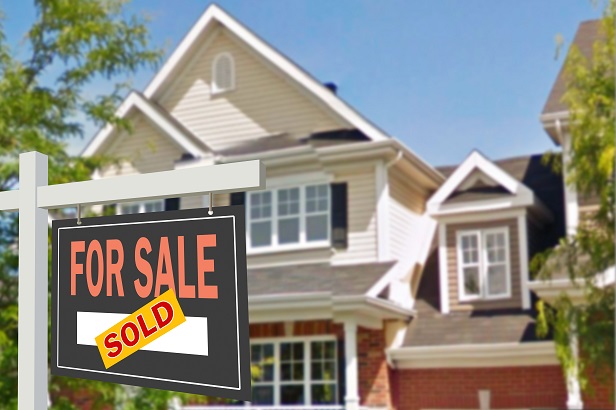Brad Dillman, Cortland's Chief Economist, sees the American economy entering a place that it hasn't been for a while.
"We're in a situation, for the first time in seven years, that average hourly earnings growth and the savings rates are higher than the rate of home price appreciation," Dillman tells GlobeSt.com. With that data in hand, Dillman is bullish on the prospects of for-sale housing in 2020. "I wouldn't be surprised if the homeownership rate ticked up next year," he says.
Dillman doesn't see a massive shift of people buying homes but thinks there will be some changes on the margins.
"Some of these people who are seven years into their need to save for eight years [to buy a home] may suddenly find buying conditions to be better," he says. "Home price appreciation, while still positive, has slowed since 2018, and that is allowing people to catch up."
If sales increase in 2020 and builders start constructing homes again, Dillman thinks it could boost the overall economy. "I see total private residential construction spending as being an engine of growth in 2020, at least based on what I can see," he says.
Dillman, who works for one of the largest apartment owners in the country, thinks the increase in home purchases could pull some higher-income residents out of apartments. His research tells him that about 7% of apartment residents fall into the renter-by-choice category, meaning they have the money to purchase a home but live in apartments.
"It [the renter-by-choice demographic] skews disproportionately male, and it skews disproportionately older—as in over 35," Dillman says. "It also skews disproportionately lower income. I think the inference might be that you've got bachelors or people who are trying to economize [living in apartments]. It would appear to me that the renter-by-choice is not the hip, childless single who makes a ton of money and is on Sex in the City."
Regardless, he thinks the multifamily business can withstand some migration to for-sale housing. "This [apartment residents buying homes] is going to be back-filled by pent up demand for housing," he says.
With the nation being undersupplied by 1.3 million units, according to Dillman, there is housing demand to fill apartments if people leave to buy homes.
"The rates of adults living at home are still climbing," Dillman says. "By my estimate, you've got an extra 2.1 million adults aged 25 to 34 living at home with their parents. That doesn't even account for people living with a relative or people under 25 or over 34."
Also, there are other drivers of household formation that will continue to push housing demand. "When you look at our continued population growth, we have roughly 700,000 to a million immigrants per year, which is a reasonably sized metro area," Dillman says. "That is a lot of housing to build."
© Touchpoint Markets, All Rights Reserved. Request academic re-use from www.copyright.com. All other uses, submit a request to [email protected]. For more inforrmation visit Asset & Logo Licensing.







